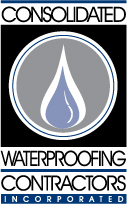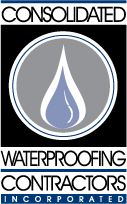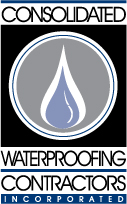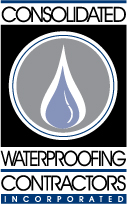Title Page
-
Conducted on
-
Prepared by
-
Location
Section 1 — Determine if the space is a Confined Space
-
Is the space large enough & so configured that an employee can enter and perform assigned work?
-
Does the space have restricted means for entry or exit? (Examples: Bending over, Squatting, or Climbing into)
-
Is the space not designed for continuous employee occupancy?
-
If ALL 3 answers are Yes, this IS A CONFINED SPACE. Proceed to Section 2.
Section 2 — Determine if the space is Permit Required
-
Does the space contain or have a potential to contain a hazardous atmosphere? If yes, check all that apply:
-
Combustible Dusts
-
Flammables
-
Oxygen Deficiency
-
Toxic
-
Does the space contain a material that has the potential for engulfing an entrant? (Examples: Liquids or Solids)
-
Does the space have an internal configuration such as inwardly converging walls or a sling floor that could trap or asphyxiate an entrant?
-
Does the space contain another serious safety or health hazard? If yes, check all that apply:
-
Explosives
-
Radiation
-
Hydraulic Energy
-
Pneumatic Energy
-
Temperature Extremes
-
Noise
-
Electricity
-
Moving Machinery Parts
-
Chemicals that could cause Death or serious harm through skin or eye contact
-
Other
-
Type:
-
If ANY answer is Yes, the space IS A PERMIT SPACE & an Entry Permit IS REQUIRED. Proceed to Section 3 to see if Alternate Entry can be used.
Section 3 — Determining if Alternate Entry Procedures may be used for Entry
-
Can you demonstrate ALL Physical Hazards are ELIMINATED or ISOLATED, so the ONLY HAZARD is an ACTUAL OR POTENTIAL Hazardous Atmosphere?
-
Can you demonstrate that continuous forced air ventilation alone is sufficient to maintain the space safe for entry, & if the ventilation stops working, entrants can exit the space safely?
-
Have you developed Monitoring & Inspection data that supports the demonstrations required by the 1st 2 questions?
-
If ALL 3 answers are YES, Alternate Entry Procedures MAY BE USED to enter the space. Go to section 5 for a list of procedures.
Section 4 — Determine if the Permit Required Space can be reclassified as Non-Permit
-
Does the Permit Space pose NO actual or potential Atmospheric Hazards?
-
Are all hazards within the space eliminated or isolated WITHOUT ENTERING the space to do so?
-
If ALL 2 answers are YES, the Permit Required Confined Space CAN BE RECLASSIFIED as a Non-Permit Required Space.
Alternate Permit Space Entry Procedures
-
If the space has only an actual or potential atmospheric hazard that can be controlled by forced-air ventilation, employees can enter the space if they follow this procedure:
-
1. Ensure that the space has only an actual or potential atmospheric hazard that can be controlled by forced-air ventilation sufficient to keep the space safe before employees enter and during the time they are in the space.
-
2. Have monitoring and inspection data that show forced-air ventilation will keep the space safe during entry. Entrants must have the opportunity to review the data before they enter the space. Entry into a Permit Space is prohibited until the atmosphere has been tested from outside the space. Monitoring and inspection data must include oxygen content, flammability, and toxic gases, in that order. The percentage of oxygen for entry must not be less than 19.5 percent nor more than 23.5 percent at normal atmospheric pressure.
-
3. Ensure that any condition in the space that makes it unsafe to remove the entrance cover is eliminated before the cover is removed.
-
4. Set up barriers, if necessary, to protect entrants from external hazards.
-
5. Verify in writing that the space is safe for entry and that the above pre-entry measures have been taken. The written verification must show the date, the location of the space, and the signature of the person who determined the space was safe for entry. The verification must be completed before entry and must be made available to each authorized entrant.
-
6. Periodically test the atmosphere in the space to ensure it is not hazardous. If entrants encounter a hazardous atmosphere, they must exit immediately.
Reclassifying a Permit Space to a Non-Permit Space
-
A permit space can be reclassified as a non-permit space if no actual or potential atmospheric hazards exist and all other hazards in the space can be eliminated before employees enter. Employees can enter the space if they follow this procedure:
-
1. Ensure that the space has no actual or potential atmospheric hazards. The space cannot be reclassified if actual or potential atmospheric hazards exist.
-
2. Ensure that all other hazards in the space are eliminated before employees enter.
-
3. Follow the written program & obtain an Entry Permit if it is necessary to enter the space to eliminate hazards or to test the space for atmospheric hazards.
-
4. Document how all hazards in the space were eliminated.
-
5. Certify that the space is hazard free with the name and signature of the person who made the determination.














